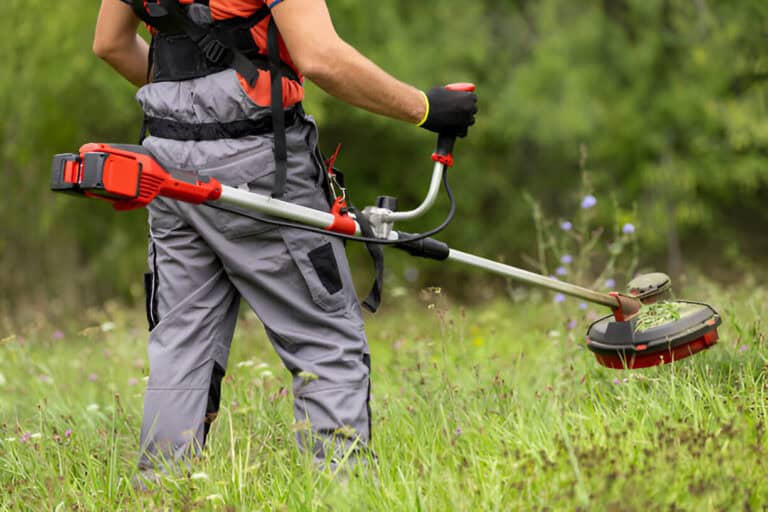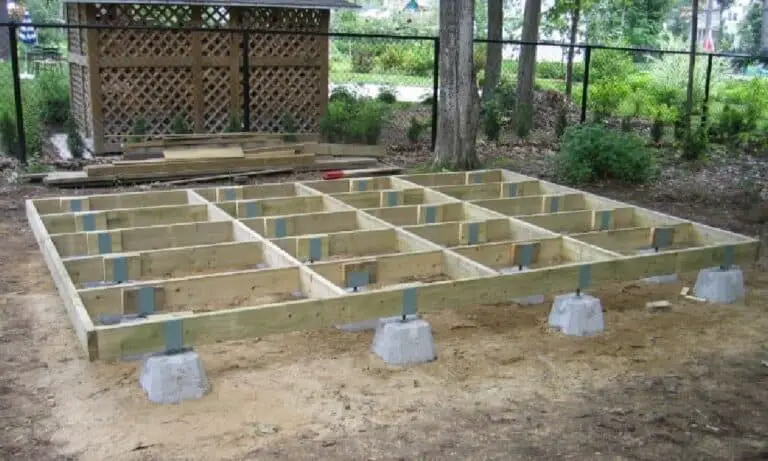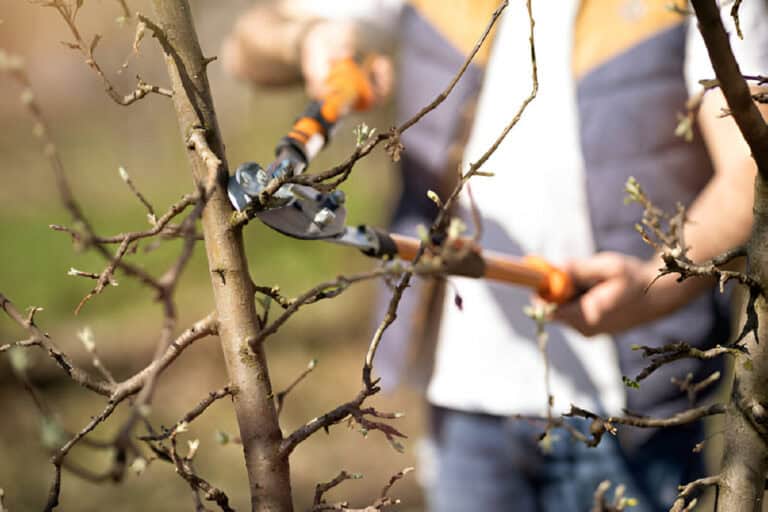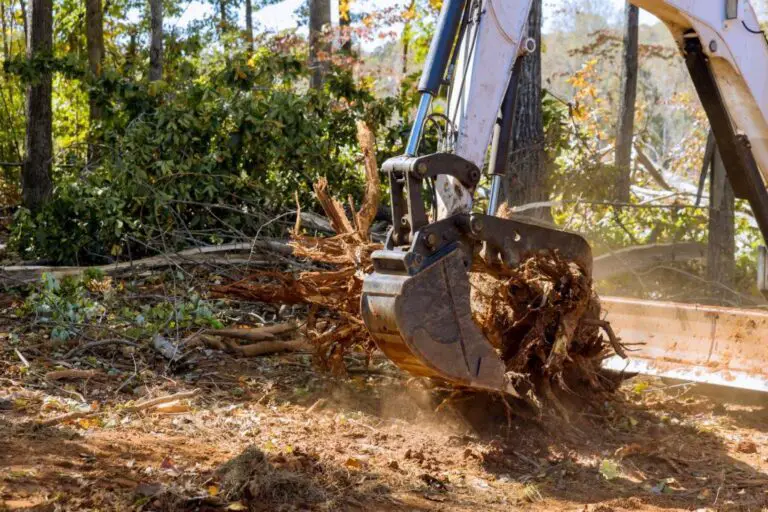How To Fix Lawn Mower Not Running At Full Power (Top 7 Causes)
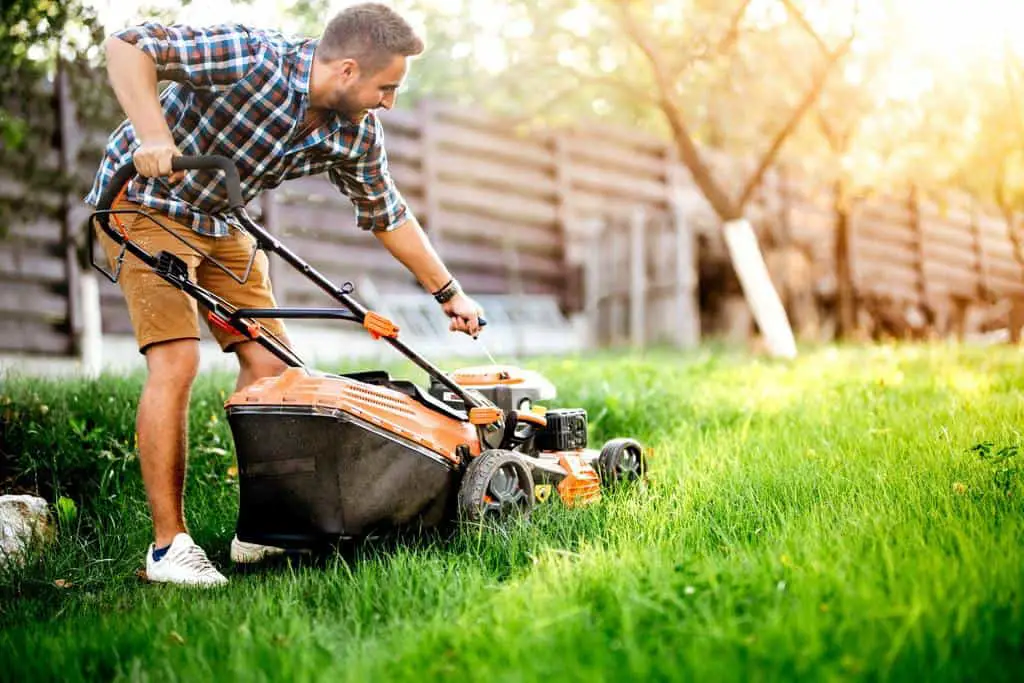
Winter is over, and the time has come to grasp the sweet smell of freshly mowed grass! But what if your lawn mower is not running at full power? It is a common problem as the mower was utterly useless throughout the winter. Even so, winter is not the one to blame as there are so many factors responsible for this problem.
When a lawn mower does not run at full power, the blade rotation slows down, and the mower fails to cut grass efficiently. Fixing this problem relies on a variety of factors. Typically, the most common solutions include cleaning the blade, spark plug, or carburetor, replacing any of these parts, using the proper petrol blend, and replacing old petrol.
Low power output directly affects the blade speed, which in turn results in a poorly mowed lawn. Some lawn mower problems require a professional touch, but low power output may not be one of them. With an hour or two to spare, anyone can fix this problem. In this article, you can find out the possible ways to fix a lawn mower not running at full power.
What Causes A Lawn Mower Not Running at Full Power?
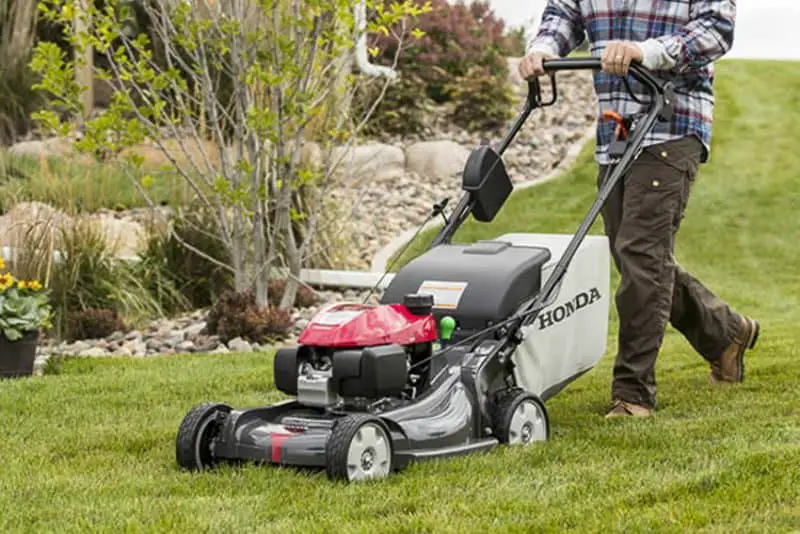
Some believe that wet grass leads to most of the problems related to lawn mowers. It is a wrong assumption, as some lawn mowers are up to the task if you have to mow your wet grass. However, let’s try to understand why a lawn mower would refuse to run at full power.
1. Gas
Like automobiles, lawn mowers also use gasoline to power up the engine. Not all fuel providers use the same formula to blend components such as ethanol, methanol, benzene, and toluene, etc., into gasoline. However, not all gas or petrol are suited for every lawn mower. Read what kind of gas lawn mowers are used here.
Old petrol also slows down the engines gradually as the petrol gets thicker over time. Fresh petrol stored in a container after a few months may also face the same problem.
2. Blade
If not properly maintained, the blades become murky with dirt, mud, and grass clippings. If the blade becomes jammed up, but the engine tries to spin it anyways, it creates an overheating problem, which slows down the engine. So, proper maintenance is a must for an excellent outcome.
3. Spark Plug
A spark plug delivers an electric current to the combustion chamber to ignite the fuel and air mixture. If the plug is wet or covered in dirt, it fails to constantly produce the current, resulting in low and inconsistent power output. That is one of the major problems that cause mowers to run at lower power.
4. Carburetor
According to Universal Technical Institute, a carburetor is responsible for mixing air and fuel in an appropriate ratio for the combustion engine. A carburetor is an essential element and contributes directly to the function of a lawnmower. A lawn mower may not run at full power due to a clogged-up carburetor and air filter.
5. Drive Belt
A drive belt connects the wheels and the blade to the engine. Over time the belts wear off or get damaged, slow down the engine functions, and can cause dangerous accidents as it is stated by the United States Department Of Labor. It is one of the first places to check if you feel like your mower has slowed down lately.
6. Battery
Not all lawn mowers are powered by gasoline; some of them come with a rechargeable car battery. It is a fundamental characteristic of a battery to wear down after a certain period. So, it affects the power output, and the lawn mower may seem not to run at full power.
7. Asking Too Much
Sometimes we rely solely on technology and ask too much of it. A lawn mower is one of those machines. Though a mower is designed to last long and provide proficient service, low maintenance, and clipping overgrown grass and plants will stress the mechanism.
| Related: How To Use Lawn Mower Without Bag |
How to Fix Lawn Mower Not Running at Full Power
There is no absolute way to fix a lawn mower that is not running at full power. You must go through a series of observations to figure out the actual problem and then act on the solution.
Step-1: Cleaning The Blade
Check the blades. It is the easiest place to start looking for clues. If the blade is jammed up with mud and grass clipping, then you need to clean it.
First of all, turn off the power supply and remove the spark plug for safety. Then tilt the lawn mower on one side and scrape off the guck from both sides of the blade. Use a file to sharpen the blade if necessary.
Step-2: Replacing Old Gas
The second step is to check if the fuel is clean or not. It is recommended not to use the same gas for more than one month. If the old gasoline is in use for more than a month, you need to drain that gas. First of all, keep the mower on a flat surface and remove the spark plug. If your mower has a fuel line, then disconnect the line and collect the excess fuel in a container.
If your mower does not have any fuel line, use a gasoline siphon. Insert the brass end of the siphon into the mower and keep shaking the mower until the fuel starts to come out. Continue this process until there’s no old fuel left, and then refill the tank with new gasoline.
Step-3: Cleaning the Spark Plug
Another primary step is to clean the spark plug. If the plug is covered with mud or oil, use carburetor cleaner to wipe off the guck. Let it dry out completely, and then reinstall. Replace it if the plug is damaged. Remember, spark plugs are often responsible for low performance, and they need proper maintenance.
Step-4: Removing Carburetor Clogs
The next stop is the carburetor. First, use compressed air to clean the air filter. Then remove the carburetor with necessary tools and use compressed air to clean the outer body. Though a carburetor’s function always remains the same, the design varies from different manufacturers’ models. Follow the manual to clean the carburetor effectively.
Step-5: Replacing Battery & Belt
A battery powers electric mowers. If none of the above methods works, the batteries may need replacing as they wear down with time. Another possibility is a damaged drive belt that is inexpensive and easy to install.
| Also read: How To Make A Lawn Mower Fast |
Conclusion
Every machine needs proper maintenance, and there’s no other way around. A lawn mower can last longer without showing any sign of performance drop if it is properly maintained.
Lawn mower performing lowly than expected is a common problem that many of us face. Because a mower is used for an extended period and takes some time to be adequately maintained, sometimes we ignore the whole cleaning part. Lower power output is a result of that ignorance.
This step-by-step guide will assist you in determining and resolving the issue of your lawn mower not operating at full power. You don’t need any prior expertise to perform these steps. Bear in mind that this guide is only suitable for the low power efficiency of a lawn mower and you may need professional help if there’s any severe difficulty.

